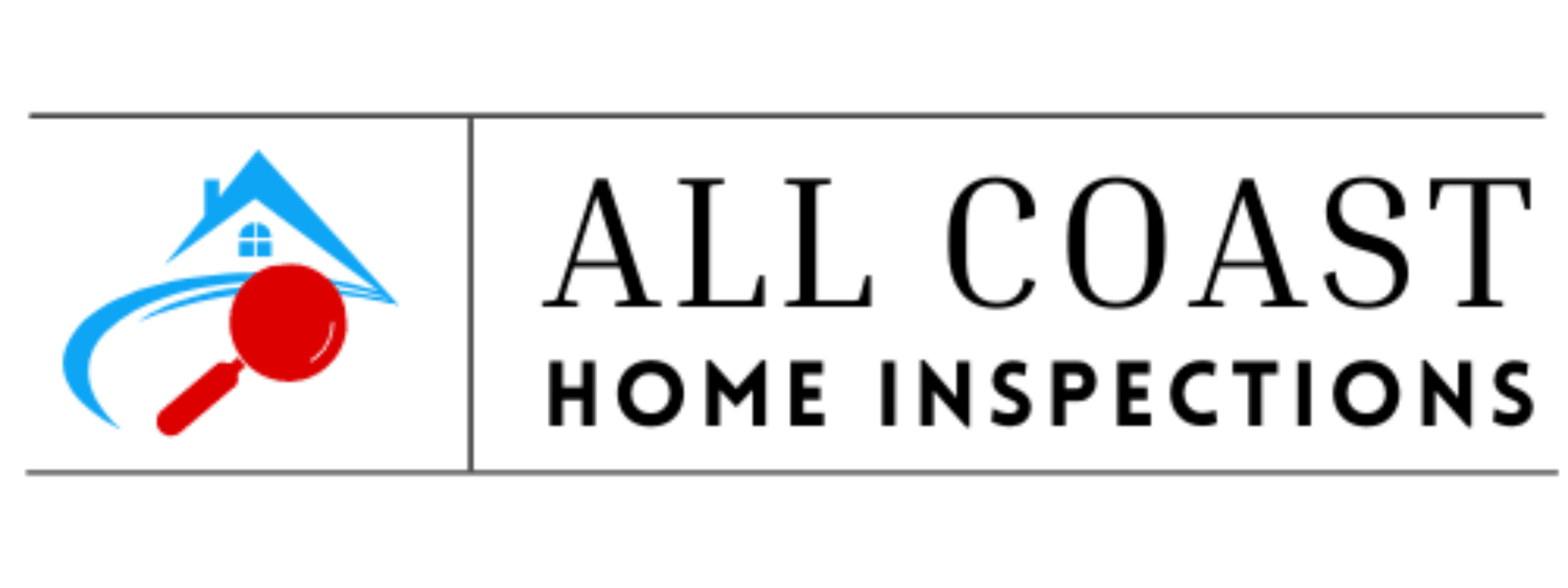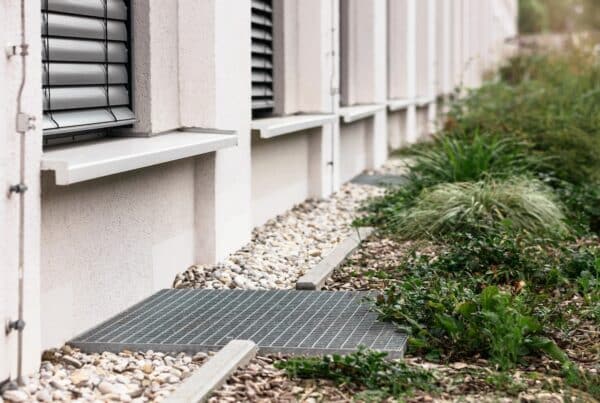
Board and batten siding is a favorite among homeowners aiming to boost their home’s curb appeal. Known for its distinctive design, this siding style combines rustic charm with a contemporary feel.
Whether you’re drawn to its aesthetic appeal, curious about installation, or weighing the cost and maintenance, this guide covers all the essentials. By the end, you’ll be a board and batten expert (almost).
What is Board and Batten Siding?
Board and batten siding is a distinctive exterior treatment with a vertical panel design. This style features wide boards placed side by side with narrower strips, called battens, covering the seams.
Originally crafted from wood, board and batten siding is now available in various materials, including vinyl and fiber cement, each offering unique benefits. The origins of board and batten siding trace back to early European barns and outbuildings, where the design was popular for its practicality and durability.
Over time, this look has transitioned from functional farm structures to stylish residential homes, appreciated for its rustic charm and ability to complement modern architectural trends. Common materials used for board and batten siding include:
- Wood: Offers a natural, authentic look but requires regular maintenance.
- Vinyl: Low maintenance and durable, available in a variety of colors.
- Fiber Cement: Combines the aesthetic of wood with enhanced durability and weather resistance.

Board and Batten Benefits
This style of siding is more than just a pretty face. Beyond aesthetic appeal, it offers a range of benefits that make it a practical and appealing choice for many.
Durability
One of the standout features of board and batten siding is its durability. When properly installed and maintained, it can withstand harsh weather conditions, including heavy rain, wind, and snow. Materials like fiber cement and vinyl enhance this durability, offering resistance to rot, pests, and moisture damage.
Energy Efficiency
Board and batten siding can contribute to your home’s energy efficiency. The additional layer created by the battens helps improve insulation, keeping your home warmer in the winter and cooler in the summer. This can lead to lower energy bills and a more comfortable living environment.
Versatility
Board and batten siding is suitable for various architectural designs, from traditional to contemporary homes. It can be virtually any color, allowing you to personalize the look to match your taste and the overall design of your property.
Compare and Contrast
Compared to other siding options like vinyl siding, lap siding, and shingles, board and batten siding offers distinct advantages.
- Vinyl Siding: While vinyl is low maintenance and cost-effective, it doesn’t offer the same aesthetic appeal as board and batten. It can sometimes look less authentic, especially in high-end homes.
- Lap Siding: Lap siding provides a classic look but lacks the vertical design’s dramatic impact. It may also require more maintenance depending on the material.
- Shingles: Shingle siding offers a unique texture but can be more expensive and labor-intensive to install and maintain.
Installing board and batten siding can be a rewarding project, but it requires precision and careful planning. For the best results, professionals should install siding, especially for those without prior experience. Here’s a step-by-step overview of what to expect during the installation process:
The Installation Process
When considering board and batten siding for your home, understanding the installation process can help you make informed decisions and ensure the best results. While professional installation is recommended for the best outcome, knowing the steps involved can provide valuable insight.
Before installation begins, it’s crucial to prepare your home’s exterior. This involves cleaning the walls, repairing any damage, and ensuring the surface is dry and ready for new siding.
Professional Installation
Hiring a professional contractor ensures that your board and batten siding is installed correctly and efficiently. Professionals have the expertise and tools needed to handle the job, minimizing the risk of errors that could affect the siding’s performance and longevity.
What Steps to Expect
- Site Preparation: The installation team will begin by prepping the site, which includes protecting landscaping and outdoor fixtures.
- Measurement and Cutting: Accurate measurements are taken to cut the boards and battens to the precise length needed for your home.
- Installing the Boards: The wide boards lay vertically, ensuring they are level and evenly spaced.
- Adding the Battens: Narrow battens go over the seams between the boards to create a distinctive, finished look.
- Finishing Touches: Trim pieces are added around windows, doors, and corners to complete the installation. Caulking is applied to seal gaps and prevent moisture intrusion.
Cost Considerations
When planning for the installation of board and batten siding, it’s important to understand the various cost factors involved. Firstly, the type of material you choose significantly impacts the overall cost.
- Wood: Typically ranges from $3 to $10 per square foot. While it offers a classic look, it requires regular maintenance and can be more costly in the long run.
- Vinyl: Costs between $2 to $7 per square foot. It is durable, low-maintenance, and available in various colors.
- Fiber Cement: Priced around $4 to $9 per square foot. This material is highly durable and mimics the look of wood without the associated upkeep.
Labor Costs
Professional installation costs for board and batten siding usually range from $2 to $7 per square foot. This includes site preparation, which involves removing old siding at a cost of about $0.70 to $2 per square foot.
The actual installation of the boards and battens is also included in this price range. More complex materials like fiber cement and wood require precise and labor-intensive installation, often making them more expensive than vinyl.
Additional Expenses
- Insulation: Adding or upgrading insulation can cost an additional $1 to $2 per square foot, improving your home’s energy efficiency.
- Trim and Finishing: Installing trim around windows, doors, and corners, plus applying caulking, can add $1 to $3 per square foot.
- Permits: Depending on your location, building permits for siding installation can range from $500 to $2,000.

Recommended Maintenance
Clean the siding at least once a year using a garden hose and a mild detergent to remove dirt, mold, and mildew. Avoid using a pressure washer, as it can damage the material. Conduct a thorough visual inspection twice a year, looking for signs of damage such as cracks, warping, or loose battens, and repair any issues promptly to prevent further deterioration.
For wood siding, repaint or reseal every few years to protect it from moisture and UV damage, ensuring the wood remains strong and vibrant. Regularly check the caulking around windows, doors, and other openings to make sure it is intact and providing a proper seal against water infiltration. Trim any vegetation that comes into contact with the siding to reduce the risk of moisture buildup and pest infestations.
Additionally, monitor the condition of the battens, as these narrow strips play a key role in maintaining the siding’s structure and appearance.
When to Call a Professional
Installing board and batten siding is a complex process that requires precision and expertise. It’s best to call a professional if you lack experience with siding installation or if your home has a complicated architectural design.
Also, if your home has existing damage that needs repair before installation, a professional can handle these repairs and ensure a proper surface for the new siding. Hiring a professional also typically comes with warranties on both labor and materials, providing peace of mind that the job will be done right.
Final Thoughts
Board and batten siding is a standout choice for anyone looking to elevate their home’s curb appeal with a blend of rustic charm and modern elegance. Its distinctive vertical design, combined with the durability of various materials, ensures your home’s safety and appeal.
Hopefully, you’re now ready to take the next step in enhancing your home’s exterior with confidence! If you have questions about siding for your home or need to schedule an inspection, call All Coast Inspections in Houston, TX, and surrounding areas.



